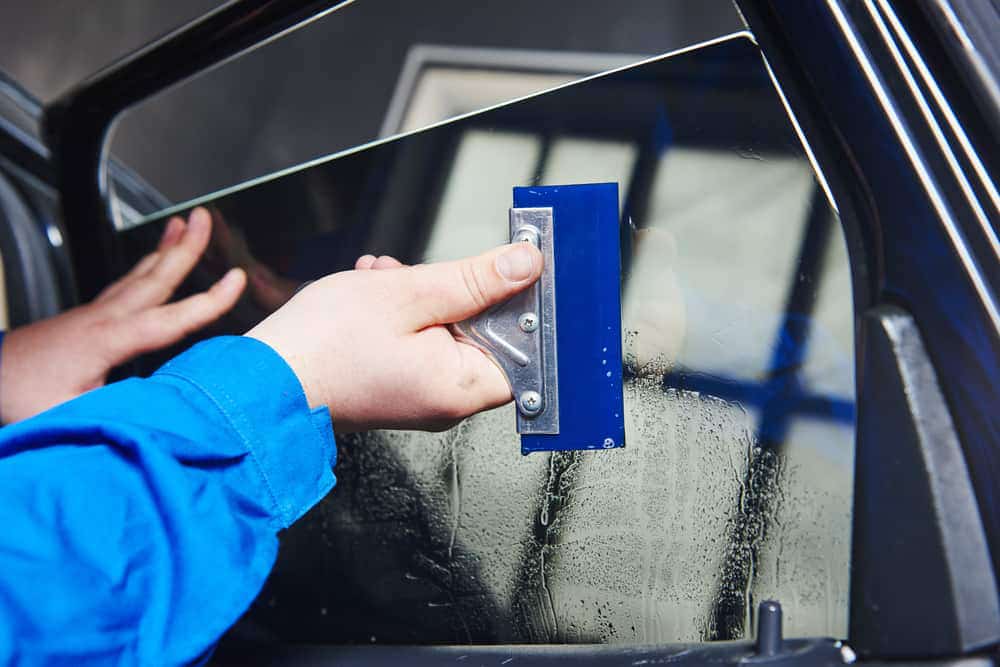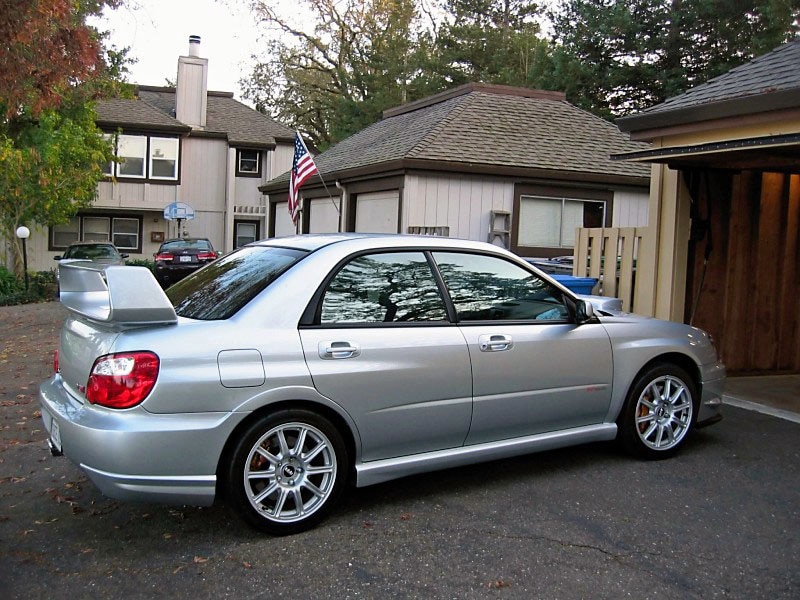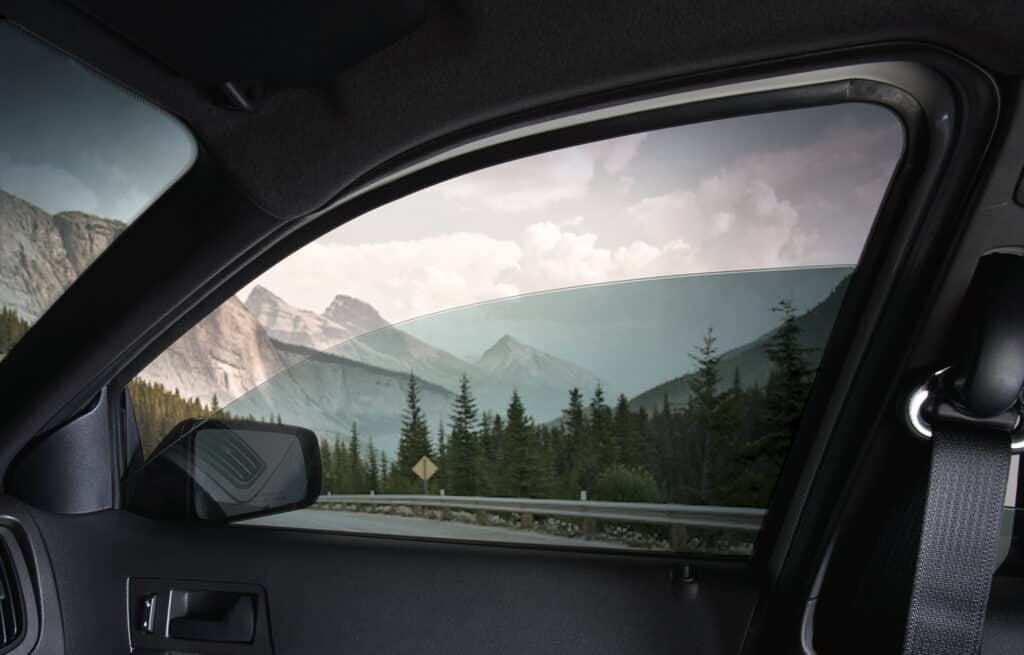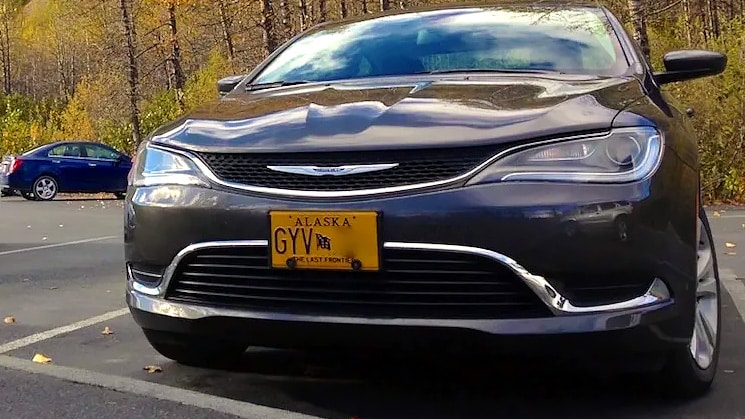Window tints are a fantastic solution for preventing the sun’s UV rays from entering your car’s cabin, protecting you and your vehicle’s interior as a result.
As tempting and easy as it is to simply install a tint of your choice, there are strict rules and regulations enforced around this upgrade.
If you want to get your windows tinted, you will need to refer to the laws of your particular state and consider the permissible levels of tint darkness, and reflection.
In Alaska, tint laws are a bit different from the laws of other states in the country. Enforced in 1994, this law can define certain criteria regarding the legality of window tints and to what extent you can use them.
Is Window Tint Legal in Alaska?

Window tint is legal in the state of Alaska. However, there are certain restrictions and limitations in place that can make a difference to the extent to which window tint is legal in the state.
As long as you follow the stipulated rules and regulations, you can legally get your windows tinted. But failure to follow the rules can land you in trouble, leading to expensive penalties and charges.
In the state of Alaska, the rules are a bit stricter for driver seats as compared to some other states in terms of the permitted levels of tint darkness. Moreover, there can also be differences in terms of which window you want to add the tint and what kind of car/vehicle you own.
The amount of light reflection allowed is also regulated here.
Permitted Window Tint Darkness

The darkness level of your window tint can be measured and determined by a unit called visible light transmission (VLT).
VLT refers to the amount of visible light that can enter through the window tint film. This is indicated by a percentage value, so if a VLT is at 70%, this means that 70% of light can pass through.
Similarly, 15% VLT can suggest that at least 15% light should be allowed in.
Sedans
Windshield: You can use a non-reflective tint on the upper 5 inches of the windshield.
Driver-side windows: 70% VLT is allowed.
Passenger-side windows: 40% VLT is allowed.
Rear window: 40% VLT is allowed.
SUVs and Vans

Windshield: Non-reflective tint is permissible on the top 5 inches.
Driver-side windows: 70% VLT is allowed.
Passenger-side windows: 40% VLT is allowed.
Rear window: 40% VLT is allowed.
Acceptable Tint Reflection

It is crucial to note that while tint darkness refers to how much visible light can enter through the tint and car window, tint reflection denotes how much light reflects off the tint on the window. You can go through the regulations in place regarding these below.
Sedans
Windshield: There should be no reflection here.
Driver-side windows: There should be no metallic or mirrored look.
Passenger-side windows: There should be no metallic or mirrored look.
Rear window: There should be no metallic or mirrored look.
SUVs and Vans
Windshield: There should be no reflection here.
Driver-side windows: There should be no metallic or mirrored look.
Passenger-side windows: There should be no metallic or mirrored look.
Rear window: There should be no metallic or mirrored look.
Other Alaska Tint Rules You Need to Know

Other associated regulations are as follows.
Color: Gray, green, bronze, and neutral smoke are some colors that you can use for the tint.
Side mirrors: You need a left-side mirror and a right-side mirror or a windshield mirror.
Certification: No certifications are legally essential on the part of the manufacturers.
Sticker: You do not need a sticker to indicate the legality of your tint.
Medical exemptions: You can seek medical exemptions for darker tint.
Violation: You will need to pay charges of around $300 if you are pulled over for violations.
State of Alaska Info

The state of Alaska is situated in the western part of the United States. It is the largest state in the U.S. but has a meager population. Nearly half of Alaska’s residents live within the Anchorage metropolitan area. Alaska has several water bodies surrounding it including Chukchi, Beaufort seas, and the Pacific Ocean.
Population: 737,000
Capital: Juneau
Area: 663,268 sq mi
Registered vehicles: 452,492
Total lane miles: 14,336
Number of highways: 4
Tint law references: Alaska Admin Code

